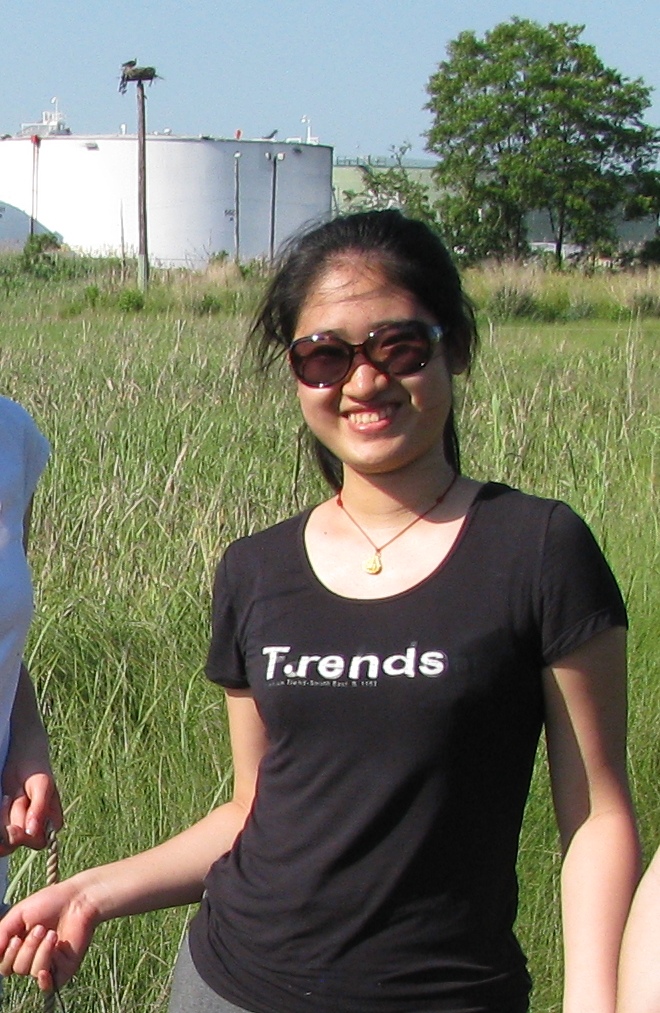By Roy Brooks
If there were a giant tracking device up in the sky similar to the ones used on zebrafish, we would see a deep red pattern tracking my movements from Burch Avenue (location of my summer residence) to Foster Street in Downtown Durham (location of the Triangle Biotechnology Center and Dr. Ed Levin’s laboratory). This summer I’ve been working in the Neural and Behavioral Toxicity Assessment (NBTA) Core of the Duke Superfund Center, researching the cognitive effects of various chemicals. Here we develop a variety of tests which can be tested on fish exposed to toxins (pesticides and flame retardants) to see just how toxic they are to the brain.
One of the tests we use to determine how fish have been affected by chemical exposure is the predator avoidance test. In this test you place a fish in a tank and on one side of the tank there is a monitor which will be playing a video, and during that video there will be moments where it will not show anything. After being blank it will then present an image (blue & white checkerboard) that the fish does not find aversive and lastly something (growing red dot) that it does find aversive. The idea is to see if the fish will learn with the non-aversive image that something aversive is to follow and then retreat from that when presented. Naturally, fish swim away from something that might seem like a predator, but their behavior may be different under the exposure of chemicals, which indicates that there has been an impediment upon their brain.
These tests aren’t easy to develop! Developing tests for a fish to perform under that can elucidate impacts of chemical exposure, is a process. You can definitely come up with the initial idea quickly, but then determining the use and duration of each additional factor will add on to that time. To finally get to a behavioral test that functions properly you have to test numerous videos, images and patterns, and adjust trial length and then maybe you’ll have something that you can use in an experiment. So far, numerous hours have been spent precisely on that during my time here.
 This summer has introduced me to various laboratory techniques in the behavioral sciences and although I don’t believe it’s the type of field that’s right for me it has given me a taste for research which I would like to do and has helped me come up with a blue print towards a profession. At the beginning of this summer I had no idea what I wanted to be, so to have an idea now thanks to this internship is a little less nerve racking and a lot more comforting. I’m very grateful to have been given this opportunity and for the experience of this internship and thank my mentors and Dr. Levin for hosting me this summer.
This summer has introduced me to various laboratory techniques in the behavioral sciences and although I don’t believe it’s the type of field that’s right for me it has given me a taste for research which I would like to do and has helped me come up with a blue print towards a profession. At the beginning of this summer I had no idea what I wanted to be, so to have an idea now thanks to this internship is a little less nerve racking and a lot more comforting. I’m very grateful to have been given this opportunity and for the experience of this internship and thank my mentors and Dr. Levin for hosting me this summer.




